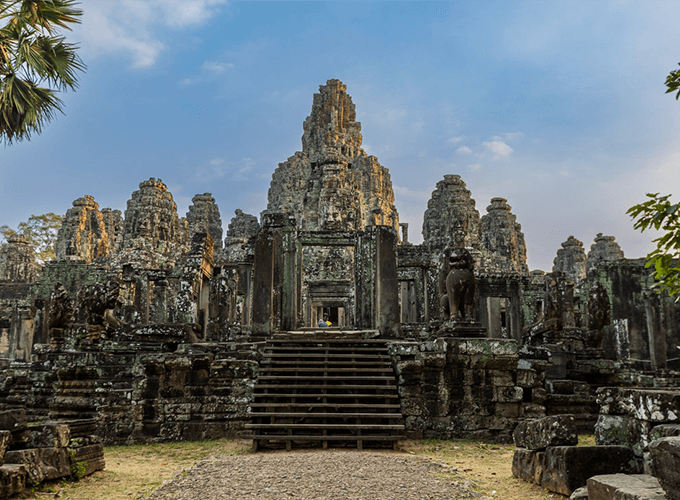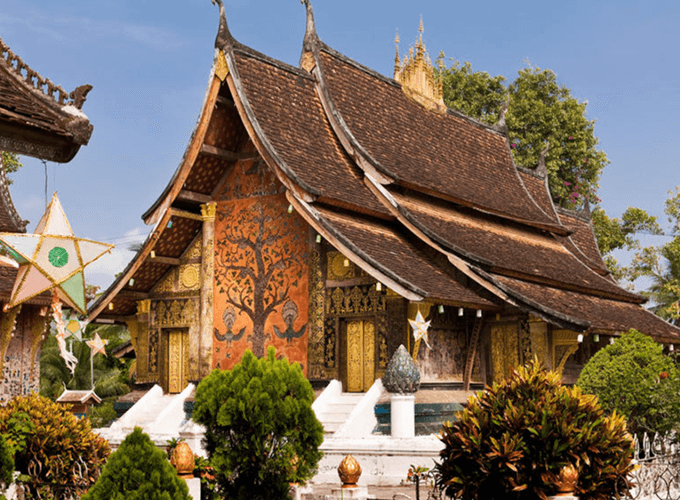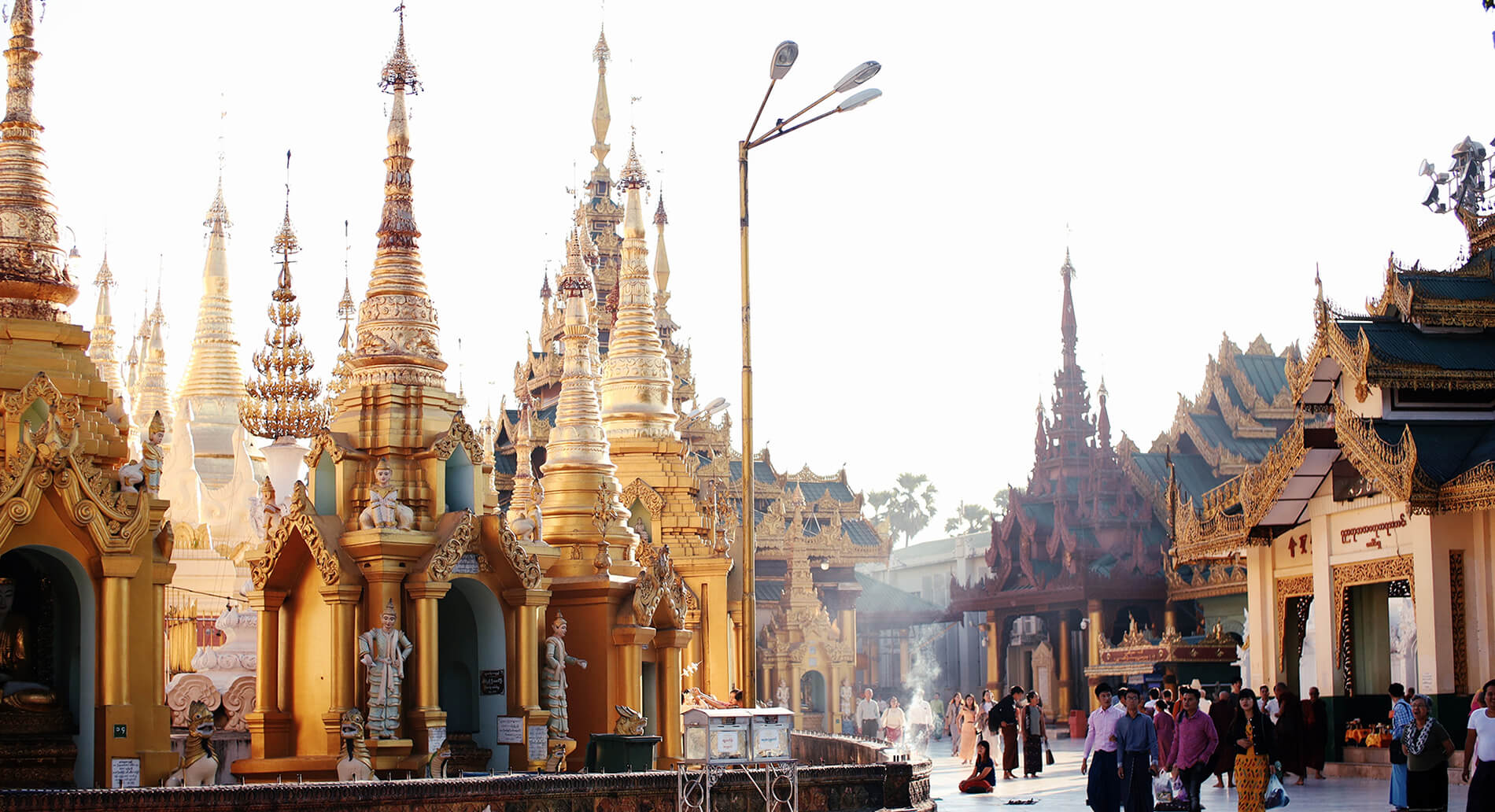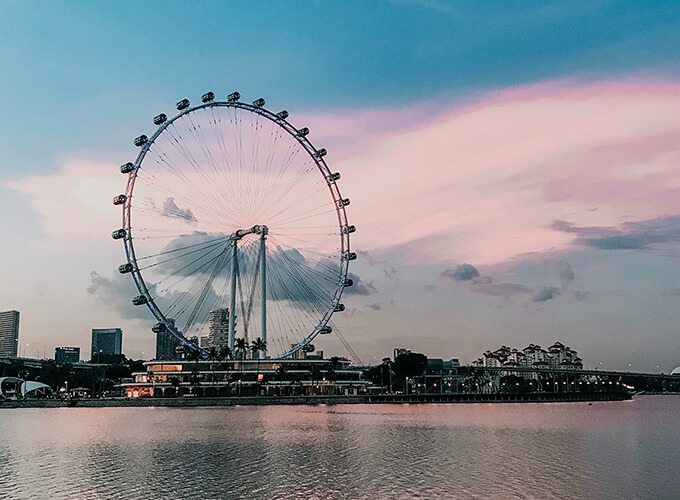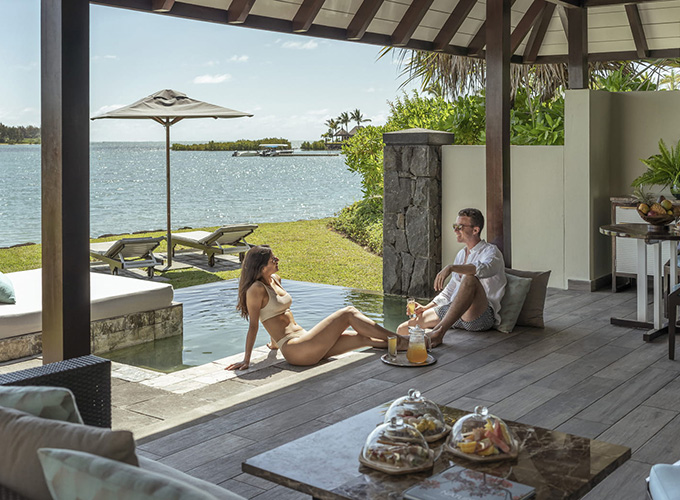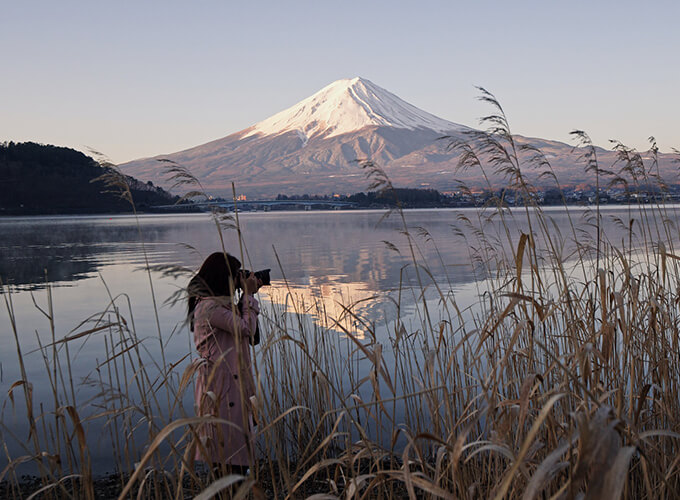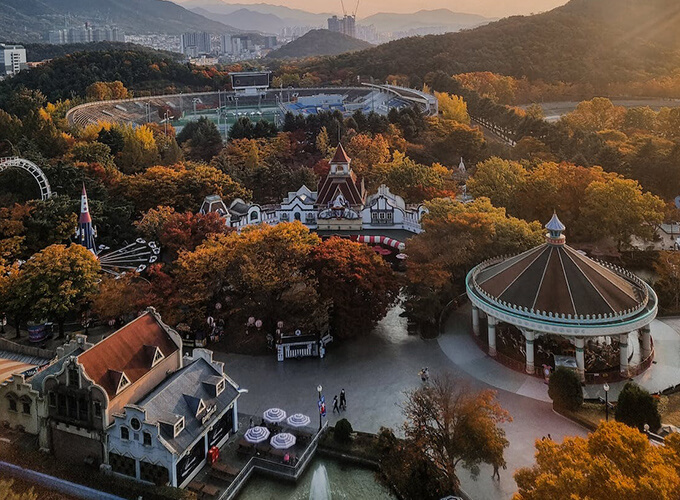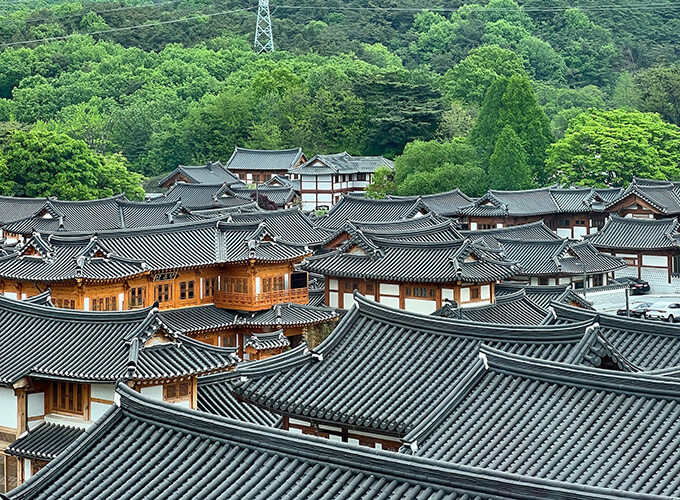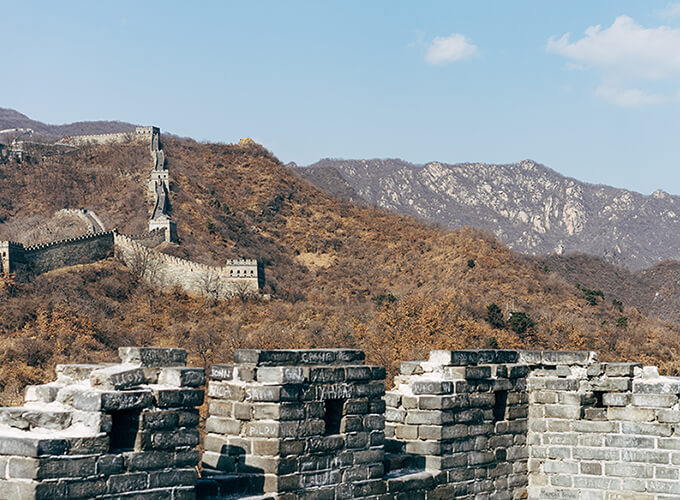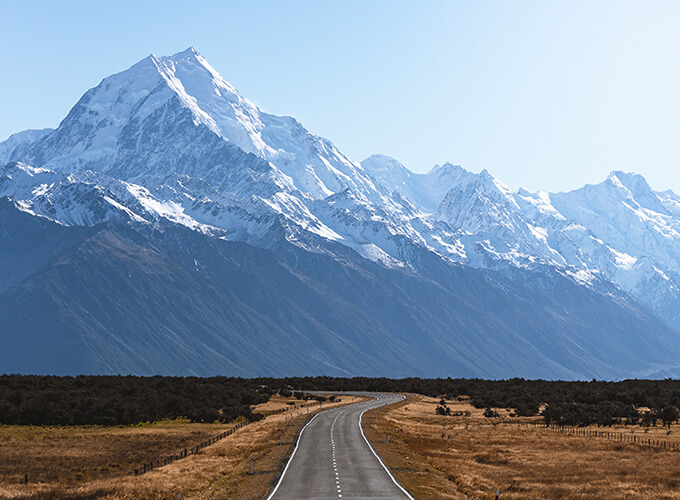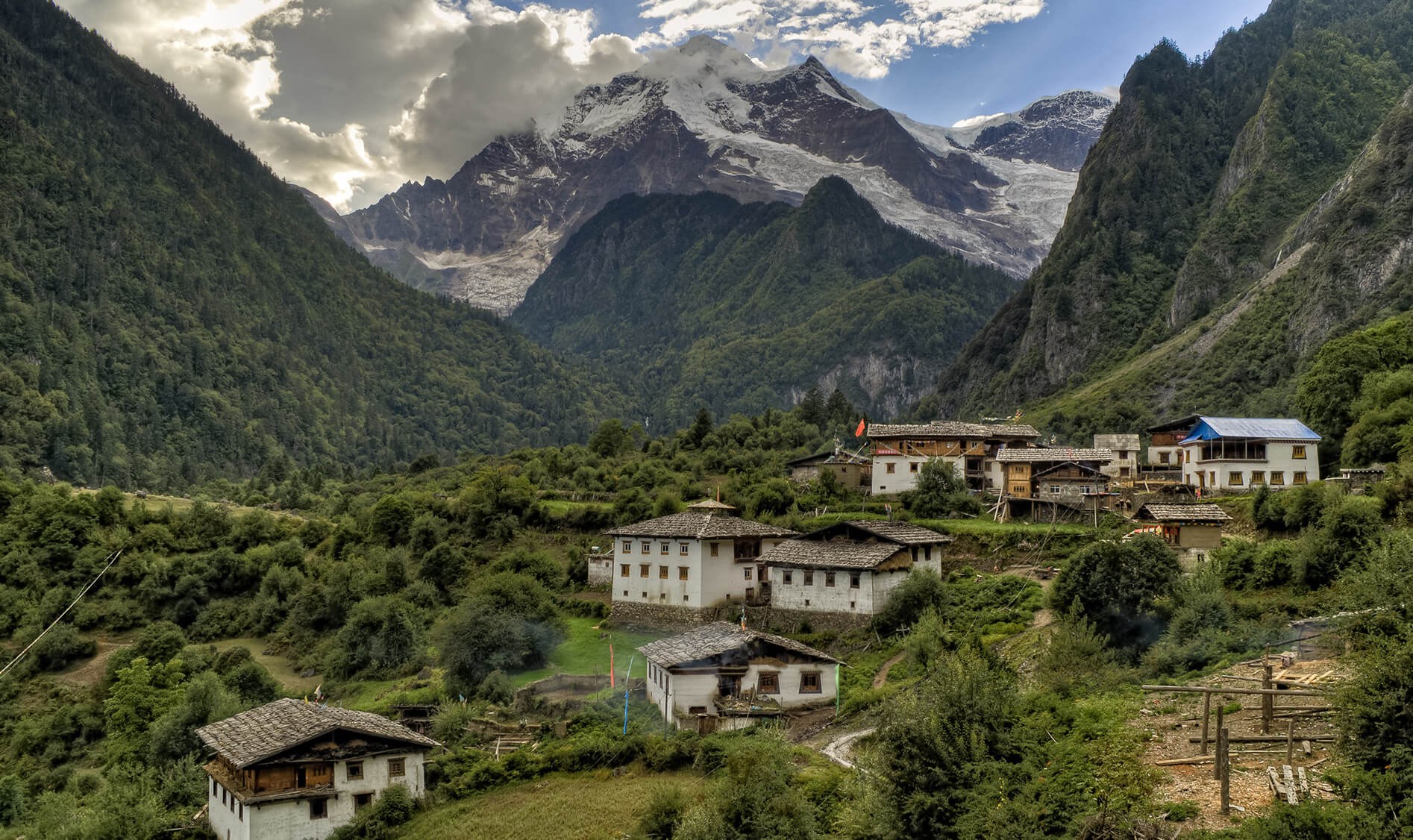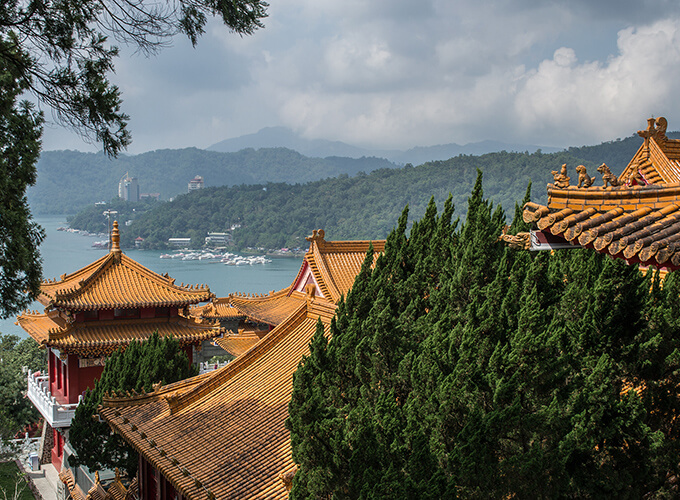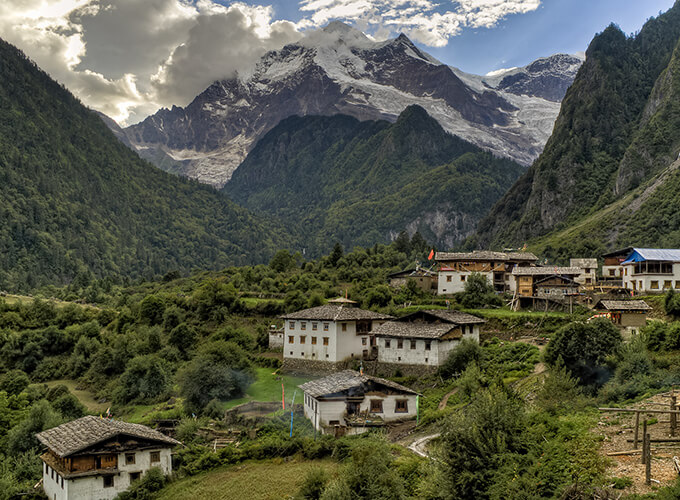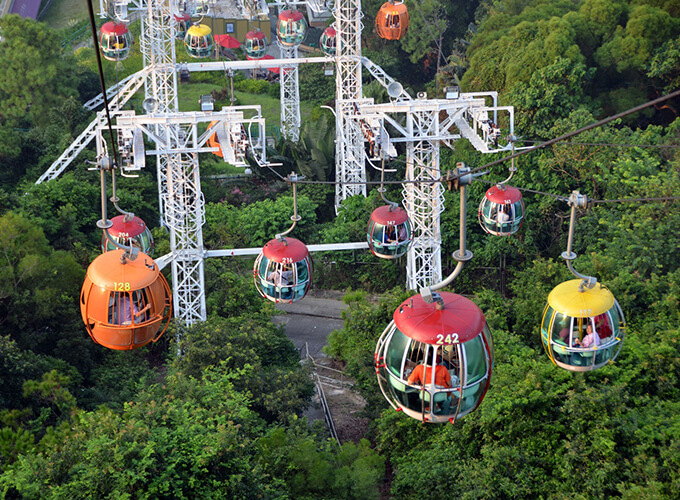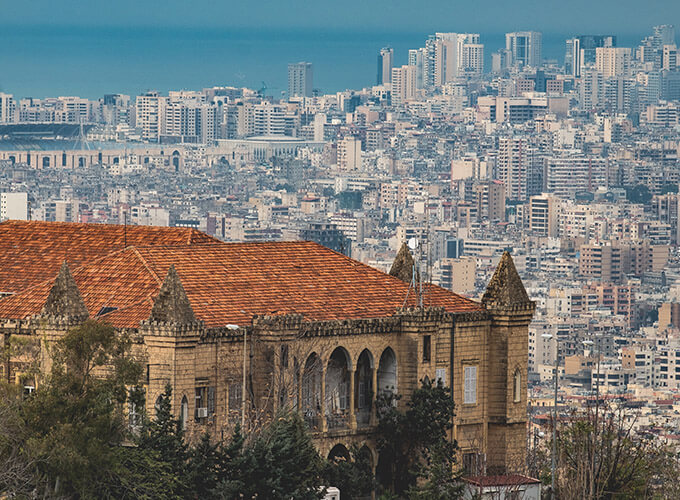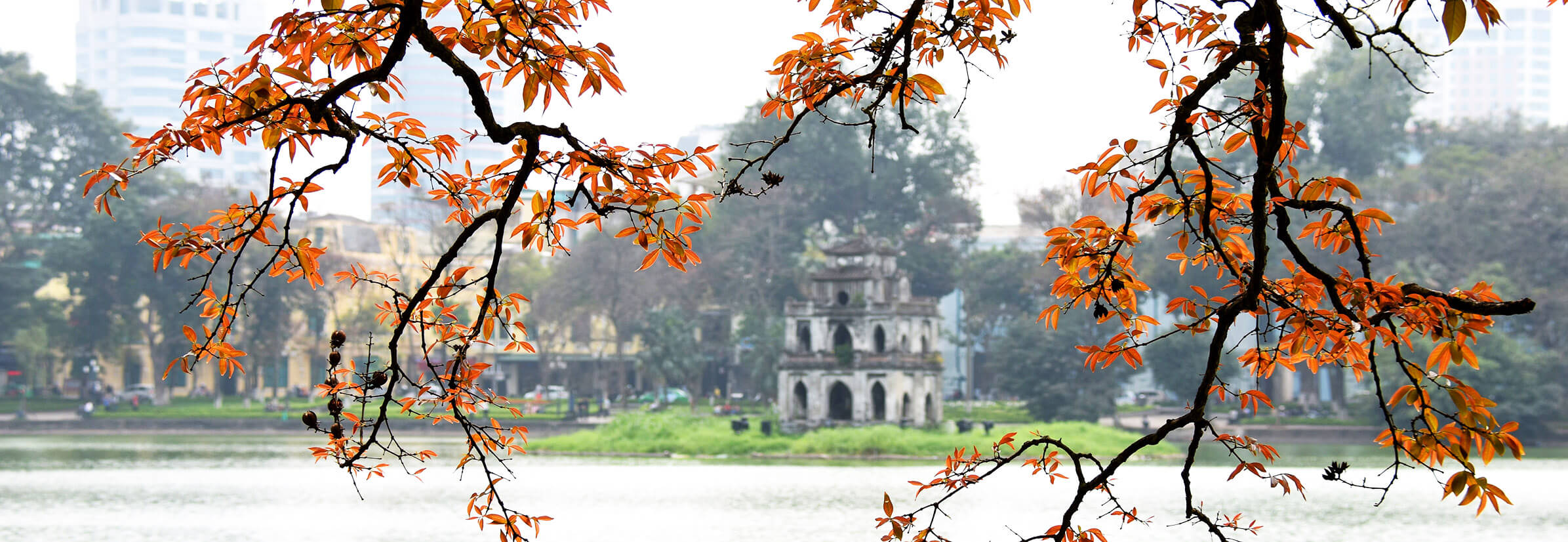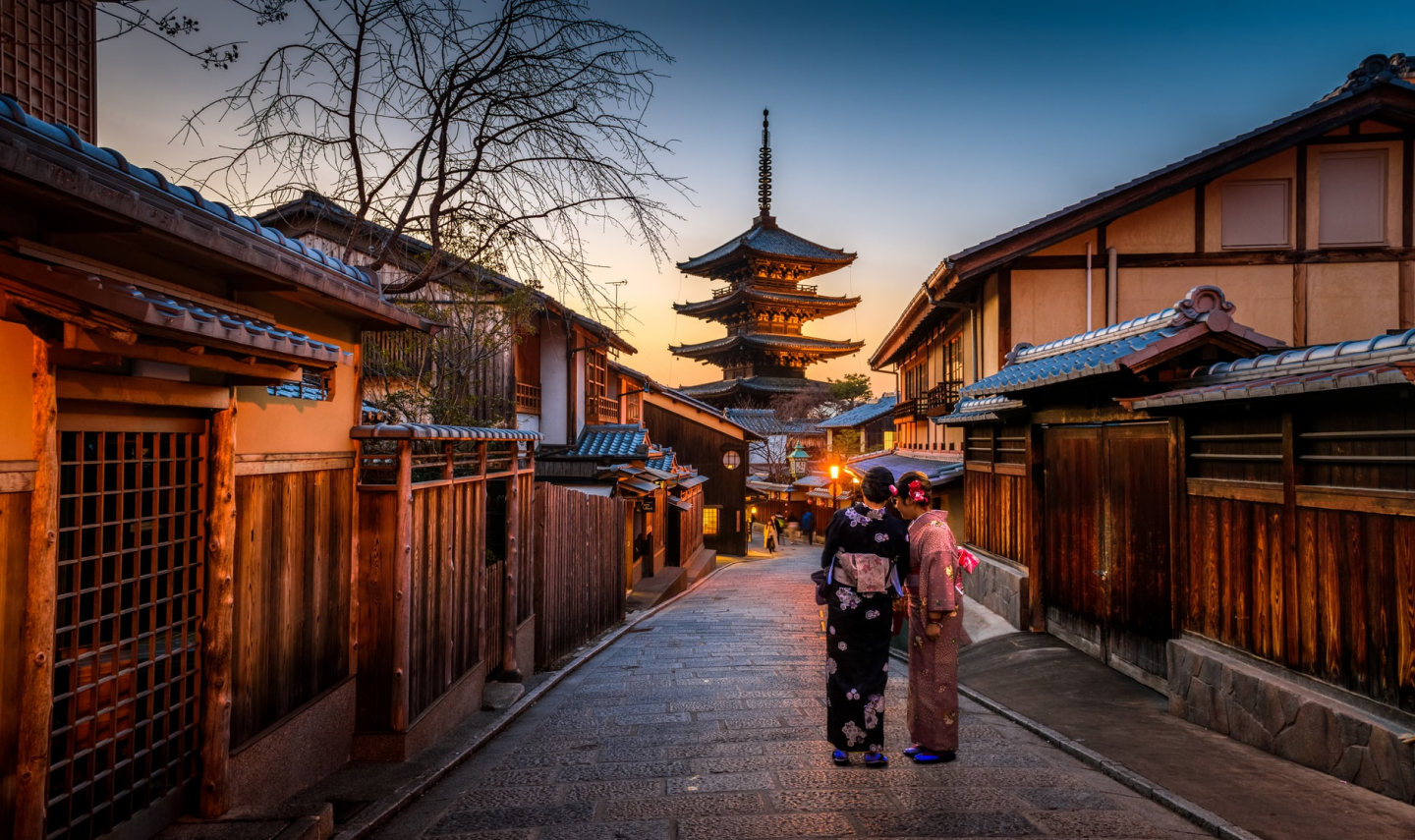Japan has two main types of accommodations: huge, impersonal hotels and small, family-run guesthouses known as ryokan. But if you visit Kyoto, you'll find a third option. This unique lodging experience, waiting to be unveiled in your Japan Travel Guide, promises an immersive journey into the soul of Japanese hospitality.
Like red-brick Victorian homes in London or brownstones in Brooklyn, machiya are Kyoto's equivalent. Merchants and artisans would often pass their multi-story townhouses down through the generations. You may now experience Japanese culture for a few days by staying in one of the many available private homes in the city.
The intricate latticework frontages of machiya, constructed from black, fire-treated hinoki wood, once adorned almost every street in Kyoto. World War II devastated most cities that had adopted the Heian-period style from the 10th century.
Henry Stimson, an American army officer, helped Kyoto escape. Bombing the city, which he had protected during the war, was, in his view, a cultural abomination.
To manage the hot summers and cold winters of Kyoto, the structures have many layers of shōji, or sliding doors, which help to regulate the temperature. The townhouse's front entrance was formerly a showcase for interested parties. Living quarters now occupy these once-vacant rooms.
The machiya in Kyoto have an average age of 90–130 years. Modern families typically sell their ancestral house as a self-catering place to stay since they find them impracticable due to hefty tax demands, ever-increasing fuel expenditures, and no parking.
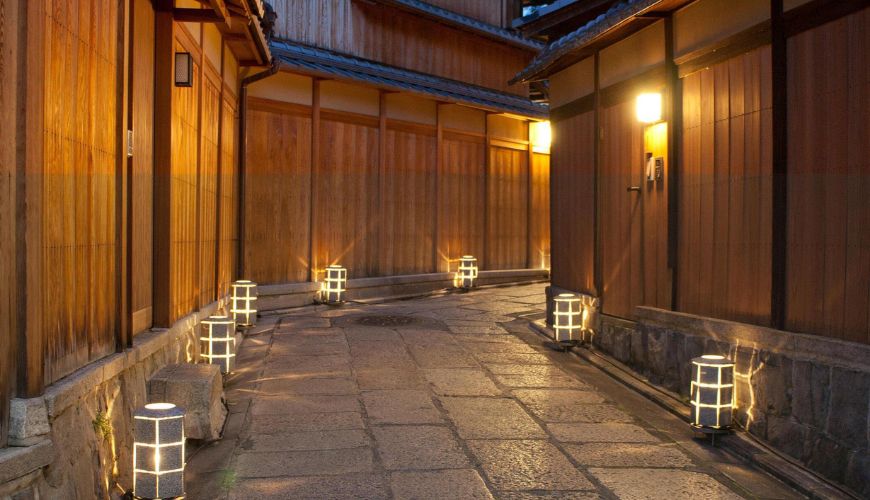 Machiya townhouses
Machiya townhouses
Why stay in a machiya?
Before anything else, you'll be joining a small Japanese community. The neighbors sometimes stop over to say hello, usually with treats in tow. Some locals came rushing over to give me an extra umbrella while it was pouring outside one morning.
A few blocks away from the big hotels is where you'll usually find Machiya, which will take you to a section of town you may have yet to explore. Here, you have your very own private Kyoto. When the day's adventures are complete, retire to your machiya, pour yourself a cup of sake, and admire your rock garden.
Although I suggest a machiya for couples or small groups, they are ideal for larger gatherings. They are of great value, with enough common area and comfortable sleeping for six to eight people.
What is Machiya like inside?
Machiya may be as traditional or contemporary as the owner desires, but they all have standard features like tatami mat flooring, sliding doors, and an inclination toward minimalism.
Typical layouts for homes with a tsuboniwa (courtyard garden) have separate living and eating rooms. The standard features of more conventional designs are floor sitting, low tables, and a little tea ceremony area.
Sleeping on fold-out futons at night and lounging on low tables and cushions during the day are two standard features of Japanese bedrooms.
Although futons are great for your health, they might be substantial for specific individuals. I have Japanese friends who swear by them. Choose a machine that provides both the Japanese and Western styles of bedrooms so you may compare and contrast. Some of them have Western-style bedrooms instead.
 Interior of Machiya
Interior of Machiya
Where contemporary and classic styles intersect is in the bathroom. As soon as it's complete, a cedar bath gives out an aroma reminiscent of a stroll in the woods. The sink should resemble something you might see in a high-end hotel. Plus, no matter where you stay, the restroom will have more controls than a game console. Smooth hardwood flooring, ceilings with black beams, and walls framed by bamboo encase everything.
How do I check into a machiya?
With most machines run by smaller businesses, you can make your reservations and check in with relative simplicity. The only major obstacle is finding the buildings so that I would use a cab.
We will provide you with the code to a critical box on the property so you may access it independently before your trip. After that, you must use the property's phone to contact the leasing office.
Someone will show you around your temporary residence shortly after that. They will demonstrate how to remove the futons, turn on the underfloor heating, and flush the toilet.
Because Japanese people are so fascinated by technology, there are often a lot of controls to learn how to use. However, my experience tells me that they often seem far more intricate than they are.
Where do I eat?
 Rice and miso soup
Rice and miso soup
There is a reason why machiya kitchens are so small, but I still recommend diving headfirst into Japanese culture and eating out.
Kyoto has the second-highest number of Michelin stars of any city in the world, in addition to more than 100,000 eateries. One of the best parts of visiting Japan’s culinary specialties.
Yes, you can get bento boxes delivered for breakfast, but there's a cafe nearby where you can have a more authentic Japanese breakfast of rice and miso soup.
Start planning your trip to Japan
Start thinking about your experience. These itineraries are simply suggestions for how you could enjoy some of the same experiences as our specialists. They’re just for inspiration, because your trip will be created around your particular tastes.








